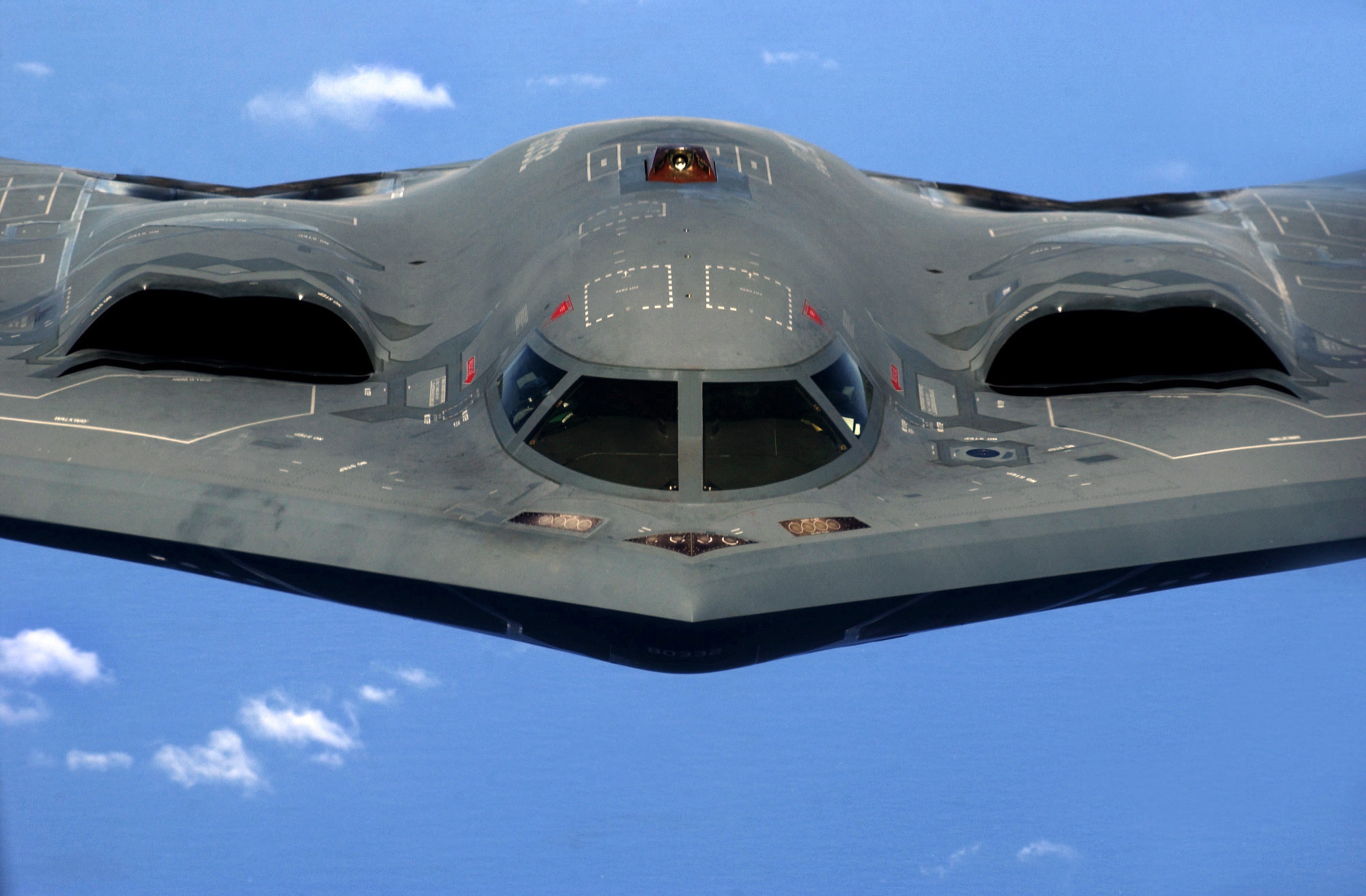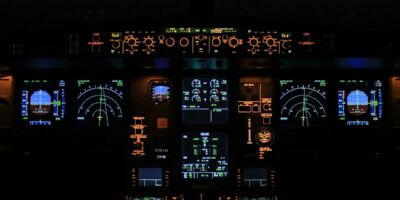Identification Friend or Foe (IFF)
Identification Friend or Foe (IFF) is a system designed for the purpose of transmitting a coded signal from allied aircraft, ships, and ground forces. This technology serves to distinguish these allies from potential enemies. Concepts behind IFF originated during World War II, aiming to reduce friendly fire incidents and improve the coordination within military units.

The Evolution of IFF Systems
IFF systems have significantly evolved over time. Initially, systems like the British Parrot used rudimentary radio signals. Early models lacked sophistication and were susceptible to failure under combat conditions. Modern systems deploy advanced cryptographic methods to ensure the security of communications.
During the Cold War, technological advancements led to the development of more reliable systems. The Mark X system introduced in the 1950s, included both military and civilian applications. Enabling secure command and control became paramount during this period of heightened global tension.
How IFF Systems Work
The fundamental idea involves interrogating a target with a radar signal. The target’s transponder replies with a unique identification code. This response indicates whether the target is a friend or an unidentified entity. Newer iterations, such as Mode 5, employ encrypted communications to prevent interception and spoofing.
The interrogator sends out a challenge signal. This signal is picked up by a transponder on the aircraft or vehicle in question. The transponder then replies with a coded response signal. Ground and aerial platforms can decode this response to determine the entity’s status.
- Mode 1: Provides 2-digit mission code
- Mode 2: Supplies a 4-digit unit code
- Mode 3/A: Standard air traffic control identification code
- Mode 4: Encrypted military challenge and response
- Mode 5: Enhanced encrypted data with GPS positioning
Applications in Military and Civil Aviation
Within the military realm, IFF technology allows seamless integration between various branches and allies. Air forces, naval units, and ground troops utilize IFF to maintain strategic superiority. The system ensures synchronized operations and reduces the risk of fratricide.
In civilian aviation, IFF translates into the use of secondary surveillance radar (SSR). Mode 3/A is widely adopted for air traffic control. Aircraft are equipped with transponders that interact with SSR to provide vital information to ground controllers. This aids in managing flight paths and preventing mid-air collisions.
Challenges and Vulnerabilities
Despite its crucial role, IFF systems are not without challenges. Potential vulnerabilities include signal spoofing and jamming. Anti-spoofing measures and encryption provide some level of defense, but these are not foolproof.
One significant issue is the potential for interrogation overload. In dense combat environments, multiple challenges can overwhelm a transponder. This reduces the system’s effectiveness and can delay identification processes. Engineers continuously work on refining algorithms to handle such overloads efficiently.
Future of IFF Systems
Looking ahead, IFF technology will likely incorporate artificial intelligence and machine learning. These technologies can enhance the speed and accuracy of identification. Continuous improvement in cryptographic methods will bolster security against emerging threats.
The integration of autonomous vehicles and drones opens new avenues for IFF system application. These unmanned systems require reliable identification to function cohesively within human-led operations. Research is ongoing to adapt IFF protocols for these advanced platforms.
Conclusion
Identification Friend or Foe systems have evolved from their rudimentary beginnings to become an indispensable part of modern defense and aviation. Although challenges remain, continued advancements in technology promise to enhance the efficacy and reliability of IFF systems in the future.




Subscribe for Updates
Get the latest articles delivered to your inbox.
We respect your privacy. Unsubscribe anytime.